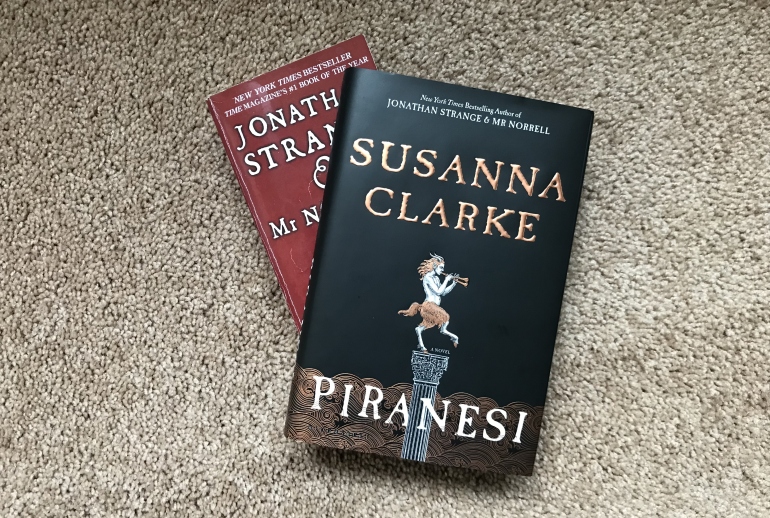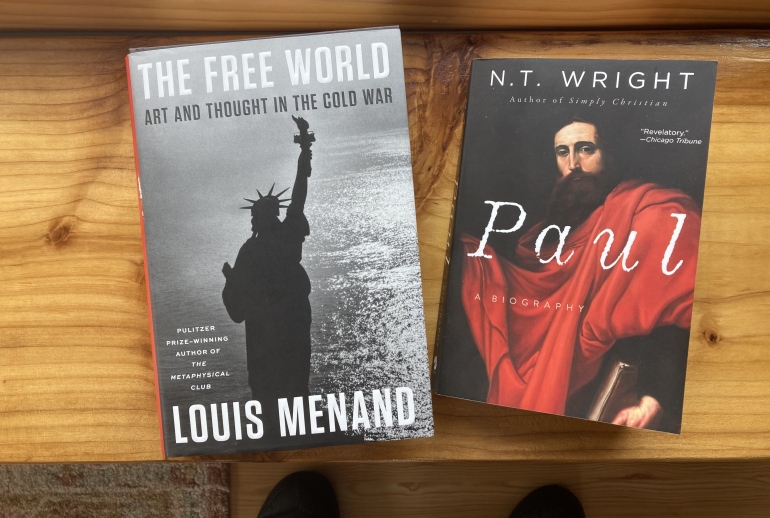One reason I am a Christian is because I find the story that unfolds in Holy Scripture so plausible and satisfying. By that I mean it fits with life as I experience it, providing a convincing account of reality and a sense of meaning for my deepest yearnings as a human being. It is a story that answers the perennial questions of humankind and provides purpose and hope in a badly broken world. It’s the story in which I live, and by which I make sense of the story of my life.
In part VII of his Poetics, composed around 335 BC, Aristotle noted that a story “has a beginning, a middle, and an end.” If that sounds too simplistic to be written by a great thinker, it really isn’t. He’s making a profound point about the flow of history, the nature of narrative and how our lives unfold in time. And he followed this observation with an explanation that only philosophy-types appreciate.
A beginning is that which does not itself follow anything by causal necessity, but after which something naturally is or comes to be. An end, on the contrary, is that which itself naturally follows some other thing, either by necessity, or as a rule, but has nothing following it. A middle is that which follows something as some other thing follows it. A well constructed plot, therefore, must neither begin nor end at haphazard, but conform to these principles.
This is why children love stories. Not because of the philosophy behind it, but because the narrative flow makes sense to them instinctively. Their lives and the events in their lives always have a beginning, a middle and an end. Stories are life.
This is why Jesus told stories. He intentionally indwelt the ancient Hebrew wisdom tradition which embraces plot, proverb and poetry as well as proposition. As G. E. Moore notes, “human beings live and swim in metaphors and allusion to beauty.” Followers of Jesus can become so accustomed to seeing parable as a “religious teaching” that they miss the import that it is story. This is not a small mistake and something we need to resist. Jesus is engaging his listener’s imagination and heart, and when parables are reduced to bullet points the essential meaning and impact is ruined, if not lost.
All Jesus did that day was tell stories—a long storytelling afternoon. His storytelling fulfilled the prophecy:
I will open my mouth and tell stories;
I will bring out into the open
things hidden since the world’s first day.
(Matthew 13:34-35; The Message)
The story of Scripture unfolds in four chapters. Or we can think of it as a concerto in four movements, a poem in four stanzas, a quadriptych series of paintings. Whatever metaphor we prefer, it has a promising beginning, a deeply moving middle and a glorious end that we wait for in hopeful anticipation.
It’s the final of the four chapters I am thinking about here. Artist Makoto Fujimura has convinced me there is a better term for it than the one we’ve been using.
When Margie and I first began speaking of the four stanzas, we referred to it as Creation, Fall, Redemption and Consummation. Consummation implies fulfillment, completion, union and has a lovely erotic aspect that calls to mind that we are the bride of Christ. It’s a good term, but eventually we decided to change it. Not enough people seemed to resonate with the term.
So, we changed to Creation, Fall, Redemption and Restoration. Same ending, of course, but now the connotation spoke more of redemption brought to completion, of grace restoring, healing all things damaged and broken by the fall. Even death will be overturned into life, all suffering will be undone, and heaven will work backward in time until righteousness fills the earth as the waters cover the sea.
Restoration is a good term, suggesting aspects of the end of the story that are important to know and believe and live out. In Art + Faith, however, artist Makoto Fujimura argues it contains a flaw, and suggests a better term yet.
The typical theological path is Creation-Fall-Redemption-Restoration. “Restoration” can assume the path back to Eden. Restoring a broken world is a noble goal, and yet biblical promises go further than even that ideal. One might say that our “ideal” needs to be paradigmatically shifted to the New and that our notion of the perfected state pales in comparison to the actual reality of the resurrection. A theology toward the New Creation modifies the sequence to Creation-Fall-Redemption-New Creation. (p. 22-23)
Fujimura is correct.
Restoration points to the future, and appropriately so because it refers to the end of the story that has not yet arrived. But New Creation reminds us that we partake of that ending now. The kingdom is coming and yet is also now. After John the Baptizer was killed, St. Mark tells us, Jesus began preaching in Galilee. “The time is fulfilled, and the kingdom of God has come near; repent, and believe in the good news” (1:15). Future, yet present; to be fulfilled, yet begun. Our stewardly service under Christ’s Lordship—in our work and vocation, our rest and relationships, our worship and feasting, our making and feeling and thinking, and all the other details of our ordinary lives—is kingdom work. In a mysterious yet real way we are bringing the New Creation into our present, for God’s glory.
When we pray with all God’s people, “thy kingdom come, they will be done, on earth as it is in heaven,” we bring this prayer to fulfillment in our faithfulness in the ordinary and routine of our lives. For us, the ending is not statically in the future, but is alive and being built now to be fulfilled and brought to completion in the future. It is one of the delicious ironies of grace: while living as exiles in Babylon we contribute to and build into the New Jerusalem that will be our future home. Fujimura quotes biblical scholar N. T. Wright to explain in more detail the mystery and reality of this revolutionary truth:
What you do in the Lord is not in vain. You are not oiling the wheels of a machine that’s about to roll over a cliff. You are not restoring a great painting that’s shortly going to be thrown on the fire. You are not planting roses in a garden that’s about to be dug up for a building site. You are—strange though it may seem, almost as hard to believe as the resurrection itself—accomplishing something that will become in due course part of God’s new world. (p. 31)
So, from now on, I am going to refer to the story of Scripture as Creation, Fall, Redemption and New Creation.
Source: G. E. Moore quoted in Art + Faith: A Theology of Making by Makoto Fujimura (New Haven, CT: Yale University Press; 2020) p. 82
Photo credit: Photo by Reuben Juarez on Unsplash



